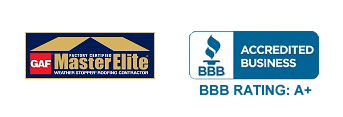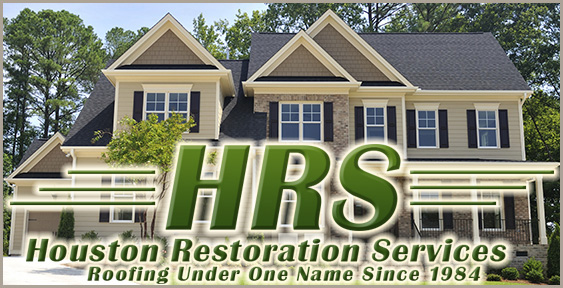
Over many decades of holding up the roof's wooden decking, waterproof barriers and exterior covering, the wood trusses may develop damage or weak spots. These areas must be repaired to avoid more serious structural damage to the house. Minor truss repairs can be performed by a handy homeowner, although serious damage may be best left to an experienced Sugar Land roofing service for professional care.
The first step of truss repair is measuring the length and width of the trusses. The standard truss size is 3.5 to 5.5 inches, although some homes, particularly older residences, will have a different size. The next issue is determining the extent of the damage to the wood. Minor weakening may just require some adhesives and plywood sheeting, while more significant damage may necessitate the use of metal bracers, which are stronger and offer increased durability.
A handsaw is then used to cut strips of plywood sheeting to the correct width. The strips should be a few inches longer than the weakened sections of wood. Each weak area of the truss will need two pieces of plywood, one for either side. If the homeowner prefers, a stronger wood like oak can be used to make truss braces.
Roofers from Houston Restoration Services of Sugar Land TX can answer any question about remodeling or storm damage.
To attach the plywood or wood braces, use a coating of wood glue. Apply the adhesive to one side of the brace and attach it to once side of the truss. Do the same for the other brace and the other side of the truss beam. The braces should be held into place with C clamps so the glue can dry for at least 24 hours.
Once the glue has set, the braces can be permanently attached with screws. The screws should be placed along the braces every 12 inches. The best size and type of fasteners to use in this project are three inch wood screws. Each screw should go through the plywood and into the truss, with care taken to avoid the damaged wood.
If there is any overhang of the wood parts of the brace, these can be sanded down to look better or left as is if the attic is a rarely used space. After the screws are attached, the C clamps can be removed from the trusses.
While in the attic, the homeowner or roofer may want to identify the source of the damage and take steps to prevent any additional trusses from weakening. The addition of more attic ventilation such as a side or ridge vent or repairs of any leaky areas can minimize damage risks.








